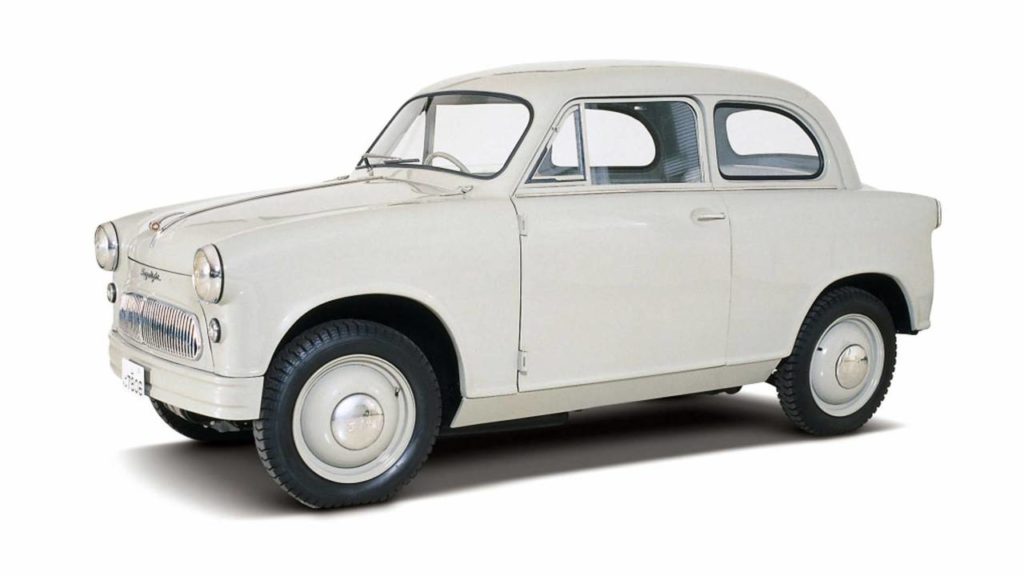Suzuki’s story begins with Japan’s massive silk industry, which was quite a lucrative business back in the 1900s. It was around this time that Michio Suzuki, the founder of the Suzuki corporation, established the Suzuki Loom Manufacturing Company in Hamamatsu, Japan. Michio was born the son of poor cotton farmers and spent much of his early life toiling in the fields before he began working in a loom factory where he studied how looms were designed.
At the age of 22, Michio engineered and built his first loom for his mother which end up being much faster than her current model. The young inventor soon realized he was onto something when the news about his loom spread through Hamamatsu and many people started ordering units from him.
Michio established Suzuki Loom Manufacturing in 1909. The company manufactured many important loom models over the course of the next three decades. The Two-Shuttle Floor Loom, which Michio designed and created in 1911, was one of the first looms to weave stripped patterns. This was revolutionary in Japan at the time and established the Suzuki corporation as one of the major loom manufacturers in the country.

He also invented the One-Shuttle Power Loom and the Four-Shuttle Power Loom, both very well-received models. But his greatest creation, before Suzuki entered into the automotive industry, was the Sarong Loom in 1930. The Sarong Loom was incredibly popular because it helped to weave waffle patterns in sarongs. Soon, Suzuki was exporting the machine to many other countries.
But Michio had his mind set on even bigger goals. In 1937, at the age of 50, he developed a prototype for an affordable, smaller-sized car that could compete on the Japanese market. This was an 800cc, four-cylinder, 13 horsepower, little beauty that he hoped would be celebrated due to its reliability and reasonable sticker price.
Unfortunately, World War II was just around the corner and Michio never got to manufacture this prototype. After the war ended, he decided to focus on motor bikes, rather than cars, and after some years of successful sales, the very first Suzuki automobile, the Suzulight debuted in 1954. The Suzulight became the brand name of the Suzuki automotive line until 1965 when the Suzuki Fronte 800 came onto the market.

Image Source: Motor 1
Why is it called Suzuki?
The answer is simple. The company was named after the revolutionary inventor and founder of the Suzuki corporation. With the success of Suzuki, which was deemed the world’s 10th largest automobile company in 2016, Michio made certain that his family name would forever be tied to success and ingenuity.
Michio came a long way from a poor cotton farmer to the patent-holder of at least a dozen important designs and the head of a multinational corporation. Not only was his company integral to the silk and garment trade in Japan but it also helped put the Japanese automotive industry on the market.
Although he was a naturally talented designer, maybe Michio’s most remarkable skill was his ability to intuit what customers wanted in a number of markets. It was his dedication to his customers’ needs that made Suzuki such a successful brand. As Michio himself said, “Always think from your customer’s point of view. Provide whatever your customer needs. It’s possible if you try hard enough.” What are some other brand founders who were also revolutionary inventors? Comment below.
Travis McDonald is a professional freelance writer who creates content for a wide variety of clients. He received his bachelor’s in English from The University of Texas at Austin and his MFA in creative writing from Virginia Tech.
https://www.tmcdonaldwrites.com/






[…] SEE ALSO: Why is Suzuki Called Suzuki? […]